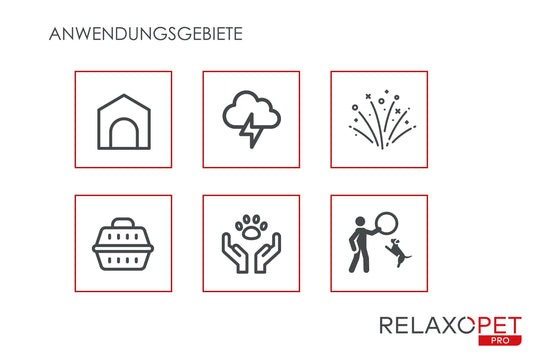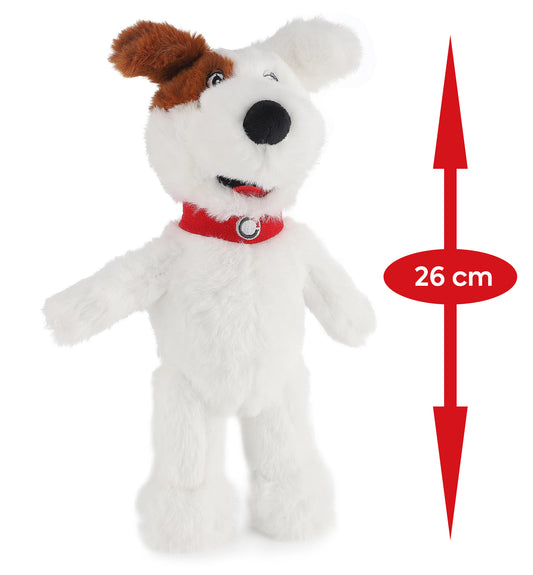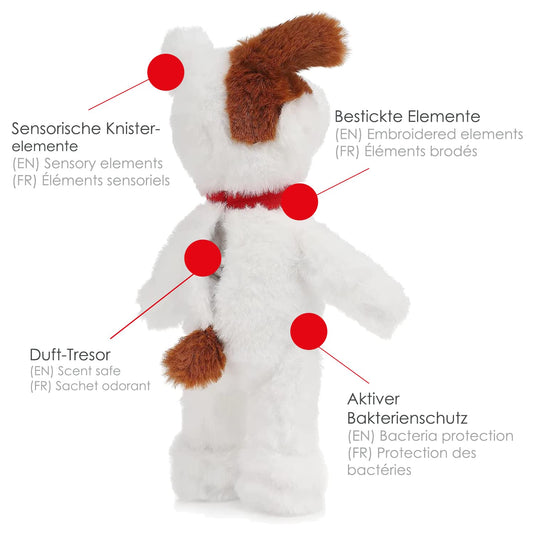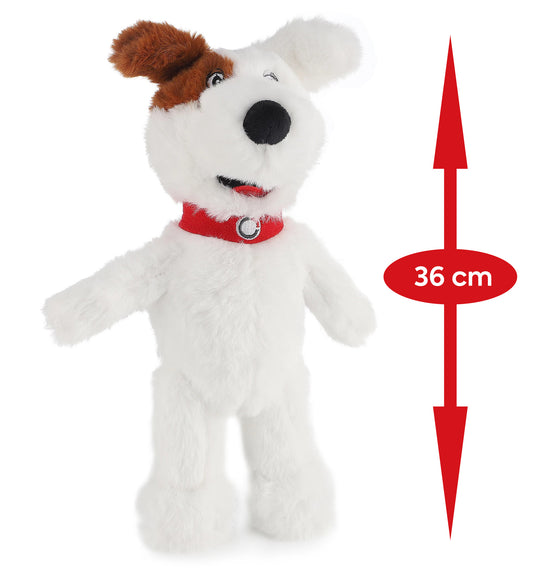
How does a dog understand us?
Share
The language of dogs: How our four-legged friends understand us
Dogs have been our loyal companions for thousands of years and have developed a remarkable ability to understand us humans. Although they can't speak our language, they communicate in their own unique way and are able to grasp our moods, needs, and commands. In this blog post, we'll delve deeper into how dogs understand us and how we can improve our communication with them.
-
Body language: Dogs communicate primarily through their body language. They observe our gestures, posture, and facial expressions to determine our emotions and intentions. A wagging tail can express joy or excitement, while tucked ears or a tucked tail can indicate fear or insecurity. By becoming aware and paying attention to our dogs' body language, we can better understand how they feel and what they're trying to communicate to us.
-
Voice and tone of voice: Dogs also respond to our voice and the tone of voice we use. They can distinguish between a cheerful, encouraging tone of voice and a strict, disciplinary tone of voice. By giving clear and consistent commands and using our voice appropriately, we can make it clear to our dog what we expect from him.
-
Smell and scent: Dogs have a keen sense of smell and can recognize us by our scent. They perceive our individual odors and can also detect changes in our body odor, which can indicate illness or anxiety. Through close contact and smelling us, they build a connection and understand who we are.
-
Training and conditioning: Through training and conditioning, dogs also learn to associate certain words, signals, and actions with specific meanings. Through repeated training and reward systems, they can learn commands and behaviors and understand what is expected of them.
-
Empathy and bonding: Dogs have a remarkable ability to perceive and respond to human emotions. They can comfort us when we're sad or rejoice when we're happy. This ability to empathize allows them to understand us on an emotional level and form a close bond with us.
Conclusion: Communication between humans and dogs is based on an interplay of body language, voice, smell, and training. By becoming aware and attentively observing our dog's signals and needs, we can build a deeper connection with them and establish effective communication. It's important to use our language and actions with love, patience, and clarity to show our four-legged friends that they are understood and that we take their needs seriously.






































